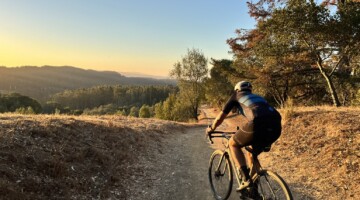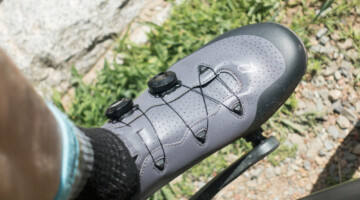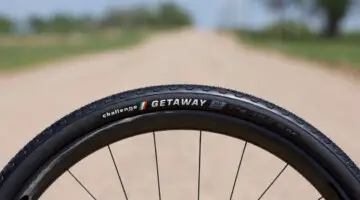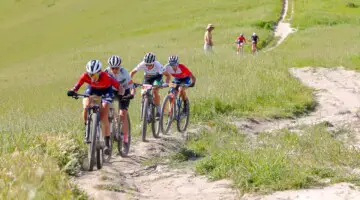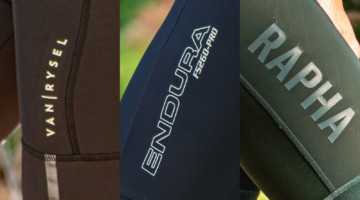This weekend, we offered a sneak peek of our review of the Trek Boone in Issue 25. Of all the Boone’s details generating buzz, probably nothing outdoes the integration of the IsoSpeed Decoupler that trickled over from the Trek Domane.
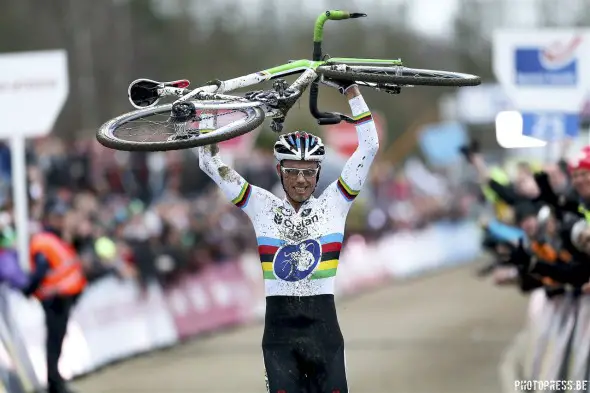
Sven Nys winning last season on his Trek Boone. Will suspension setups in cyclocross be the next big thing? © photopress.be
Suspension systems on cyclocross bikes appear to be growing trend, but many of us are still trying to get more mileage out of our current bikes, or we are just not ready to invest in a full bike only to discover halfway through the season that we prefer a more rigid setup. In an earlier Technique Tuesday, we examined the correct posture on a cyclocross bike to use your legs and arms as an alternative form of suspension for your torso.
But if you’re still looking to test out the suspension bandwagon at a more affordable price, seatpost suspensions might be the practical middle ground, with many of them costing slightly less than a set of tubular tires.
We reviewed six suspension products side-by-side in Issue 25: two frames and four seatposts. Today, we will be offering a glimpse of the Cirrus Cycles BodyFloat. For an in-depth review of all the products, make sure you get a back copy of Issue 25.
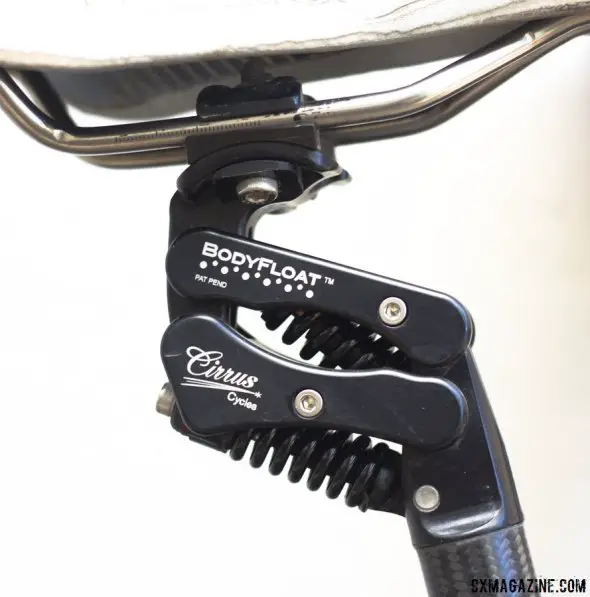
The BodyFloat might come with a higher price tag than the other seatposts we tested, but its adjustability lends it to many cyclocross and gravel race applications. © Cyclocross Magazine
As the most advanced, expensive and complicated offering of all the seatposts we compared, the Cirrus Cycles BodyFloat post offers infinitely tunable suspension, travel and preload. With 3.2cm of travel, the post serves up a noticeably active suspended ride that offers an order of magnitude of bump-eating ability over the carbon leaf spring designs.
We had our first look at the Cirrus Cycles seatpost way back in 2011, when contributor Kenton Berg got to test a unit at a cyclocross race in Seattle. We took another look at Interbike 2012, and then briefly tested a prototype unit last season for 30 minutes before the clamp started spinning within the post. This spring, we got our hands on a production model, and spent some time with the company to make sure it was set-up correctly.
If you’re old enough to remember Softride stems, you’ll notice a similarity in design between the BodyFloat and the Softride stem. Henrik Djernis, former cyclocross and three-time mountain bike world champion, relied on a Softride suspension stem to beat his competitors at the mountain bike world championships, including those racers using suspension forks. The similarities are not a coincidence, as the team behind Cirrus Cycles worked on the Softride bicycle components, and still believe in the “suspend the ride, not the bike” mantra of Softride.
After dialing in the right springs and preload (Cirrus Cycles offers a sophisticated tuning cheat sheet), you can jump on the BodyFloat and you’ll immediately notice the impact of the design. Correctly set-up, the post has some sag, and that sag offers small bump compliance unparalleled by the other posts. Set in a sensitive setting, you’ll also have to pay attention to pedaling style to avoid pedal bob, but if that bothers you, you can tune it out completely through preload and spring rate adjustments.
If you’re looking towards “suspension posts” as a competitive advantage in a cyclocross race, the BodyFloat and Manta are really the clear options here, in that in a short, 45 to 60 minute event, they’re the only ones that significantly smooth out the high-frequency bumps you’re likely to see on a cyclocross course.
But what most surprised us was how the BodyFloat really helped in cornering. Because it allows you to remain seated and keep a relatively constant weight on the wheels, you can dive into bumpy corners and exit at a higher speed due to increased tire traction. It’s also the only post that offers enough compliance and travel to allow a rider to pedal smoother and harder on really bumpy terrain, and be fresher for the bell lap.
There’s a weight penalty for sure, and it’s not cheap, but if you’re looking to make a significant change for cyclocross, the BodyFloat is worth a look. All of the posts we reviewed offer some bump-eating ability that can aid in a long gravel event or on bumpy road rides, but for the rock-hard, early-season cyclocross races, the BodyFloat would be our post of choice.
Be warned though: while the BodyFloat will smooth out your ride, it will only accentuate every bump that your front wheel and fork encounter. For decades, mountain bikers only suspended their front end while leaving their rear rigid, and after a bumpy ride, you’ll be craving similar compliance on the front of your bike. Might Cirrus Cycles come to the same conclusion and bring back the Softride stem? I asked Cirrus Cycles’ Charlie Heggem, and he just smiled. Stay tuned.
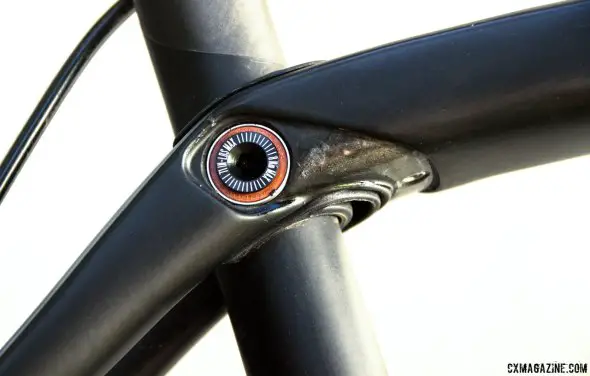
The seat tube on the Trek Boone can pivot a bit on this sealed bearing, but lacks in travel and adjustability. © Cyclocross Magazine
Vital Specs:
Weight: 428g
Travel: 3.2cm
Adjustability: Spring and pre-load
Post Length: 330mm
MSRP: $395
For more information, check out cirruscycles.com























